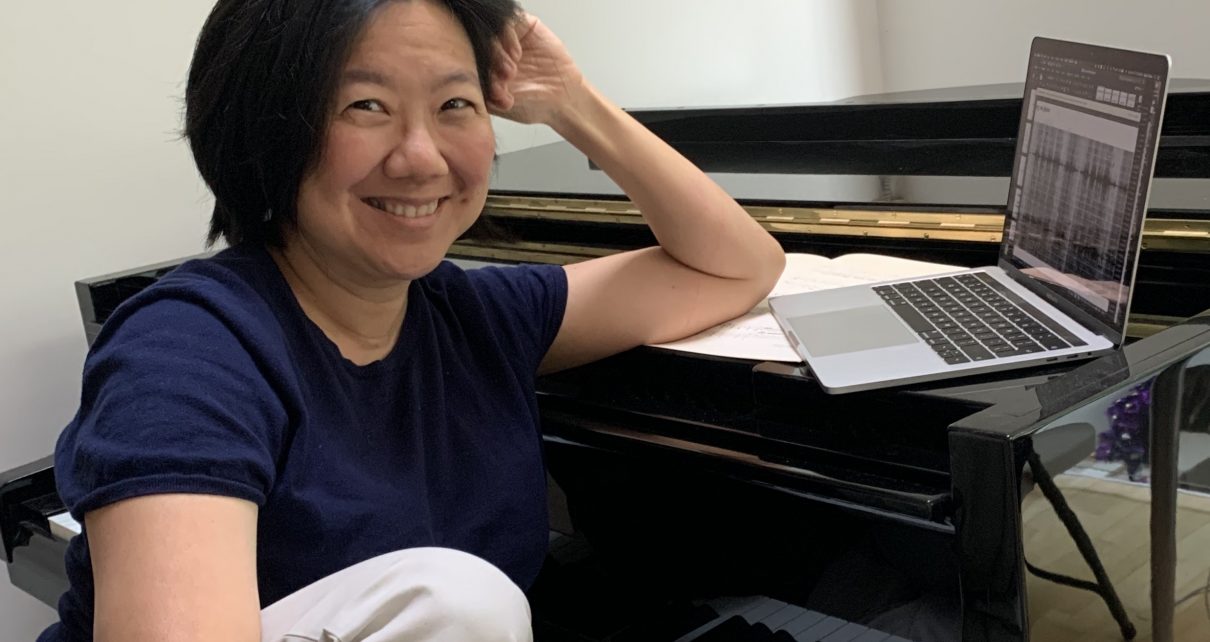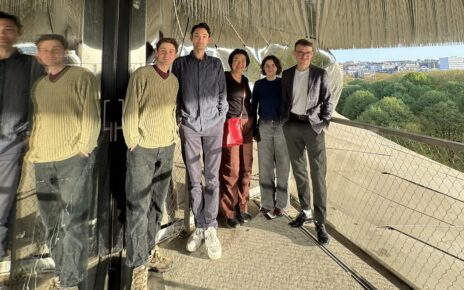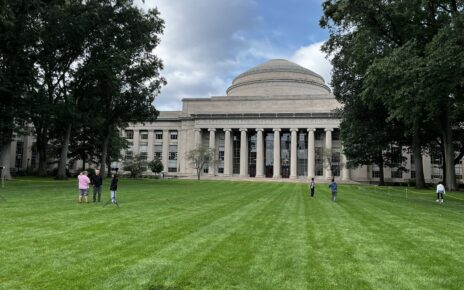English translation by DeepL (with minor adjustments) of article by Julia Koch in Der Spiegel on 23.06.2020 – Link to article on Der Spiegel (in German).
Medicine Emotions have an influence on circulation and blood pressure. Researchers use music to find out how this works.
In January 2019, Elaine Chew was sitting at a grand piano in the church of St Bartholomew the Great in London. She played Chopin, Bach, Berger and her own compositions. In the audience listening were patients from the nearby clinic. They all had pacemakers. They should not only enjoy the short concert, but also be part of a scientific study.
Chew performs regularly as a pianist. Her main profession, however, is as a mathematician at the Paris research laboratory Sciences et Technologies de la Musique et du Son. Currently she commutes between the French and the British capital.
The researcher, who among other things has devised a mathematical model to analyse the perception of pieces of music, herself suffered from cardiac arrhythmia. This encouraged her to base her compositions on ECGs of people with arrhythmias.
Chew’s latest project, it is obvious, unites her interests quite well. She and her colleagues wished to use the audience’s responses to investigate how the human heart reacts to music – to changes in tempo, volume, pauses. The pacemaker patients are well suited to the study because their heart rates can be fixed and the scientists were thus able to concentrate on a single quantifiable variable: the fraction of a second in a cycle during which the heart recovers between two beats.
In May, Chew and London-based cardiologist Pier Lambiase presented the results at a platform of the European Society of Cardiology. The cooperation had been inspired by Chew’s medical history. She met Lambiase as a patient and the two discovered their common research interests.
Result of the study: The heart of each listener reacted differently to the same piece of music. Most importantly, by reading the pacemaker data, the scientists were able to correlate the sensations that music triggers in people directly with the electrical activity of their hearts.
They could read exactly which sound put the heart into which state of vibration. “This is the first time we have directly linked the electrical activity of the heart to the music,” says Chew. Such patterns could provide a basis for a better understanding of heart muscle diseases and for the development of tailored therapies. Cardiovascular disease is the leading cause of death worldwide, accounting for about 36 percent of deaths in the European Union. Even in the current corona pandemic, heart problems and high blood pressure are considered risk factors. How elegant it would be if, in addition to the well-known interventions such as exercise, healthy eating and giving up cigarettes, the progression of these ailments could be alleviated by tailor-made music.
That emotions can throw the heart out of sync has been common knowledge for centuries. Clichés like “dying of fear” or “frightened to death” take this into account. Jazz and blues fan Lambiase has long been interested in the role of stress and emotions in rhythm disturbances and cardiac arrest. “The fact that music can influence mood and stress perception has always fascinated me,” says the cardiologist.
“Music is a benign but powerful stimulus,” adds scientist Chew. As the timekeeper of the bloodstream, the heartbeat is anyhow reminiscent of the rhythm of music.
The French doctor and flutist René Laënnec invented the stethoscope in 1816 – and was one of the first to document a heart murmur in the form of musical notation. Some cardiologists, on the other hand, have found evidence of the composer’s cardiac arrhythmia in works by Ludwig van Beethoven.
Conversely, one of Chew’s students, who was to translate recorded cardiac arrhythmias into music, was reminded of an actual composition – the piece “Mars” from an orchestral suite by the English composer Gustav Holst.
The calming effect of music is already used in therapy. The German Heart Foundation has even released a heart-friendly series of now three CDs with organ works. They were recorded by a cardiologist.
In order to find out more about the exact connection between emotion and circulation, Chew and her colleagues would like to invite participants without pacemakers to the concert in the future and test how, for example, blood pressure reacts to music. The aim is to find out whether musical interventions can have predictable lasting effects. The researchers then want to develop an app that brings together music stored on the mobile phone and the cardiovascular reactions of its users. Patients with high blood pressure, for example, could then listen to music three times a day, which has proven to be effective for them. “Modern smartphones can do a lot of things,” says Chew, showing her own mobile phone. On the back are two sensors that can record an ECG when Chew puts his fingers on it. Julia Koch




